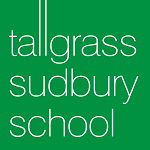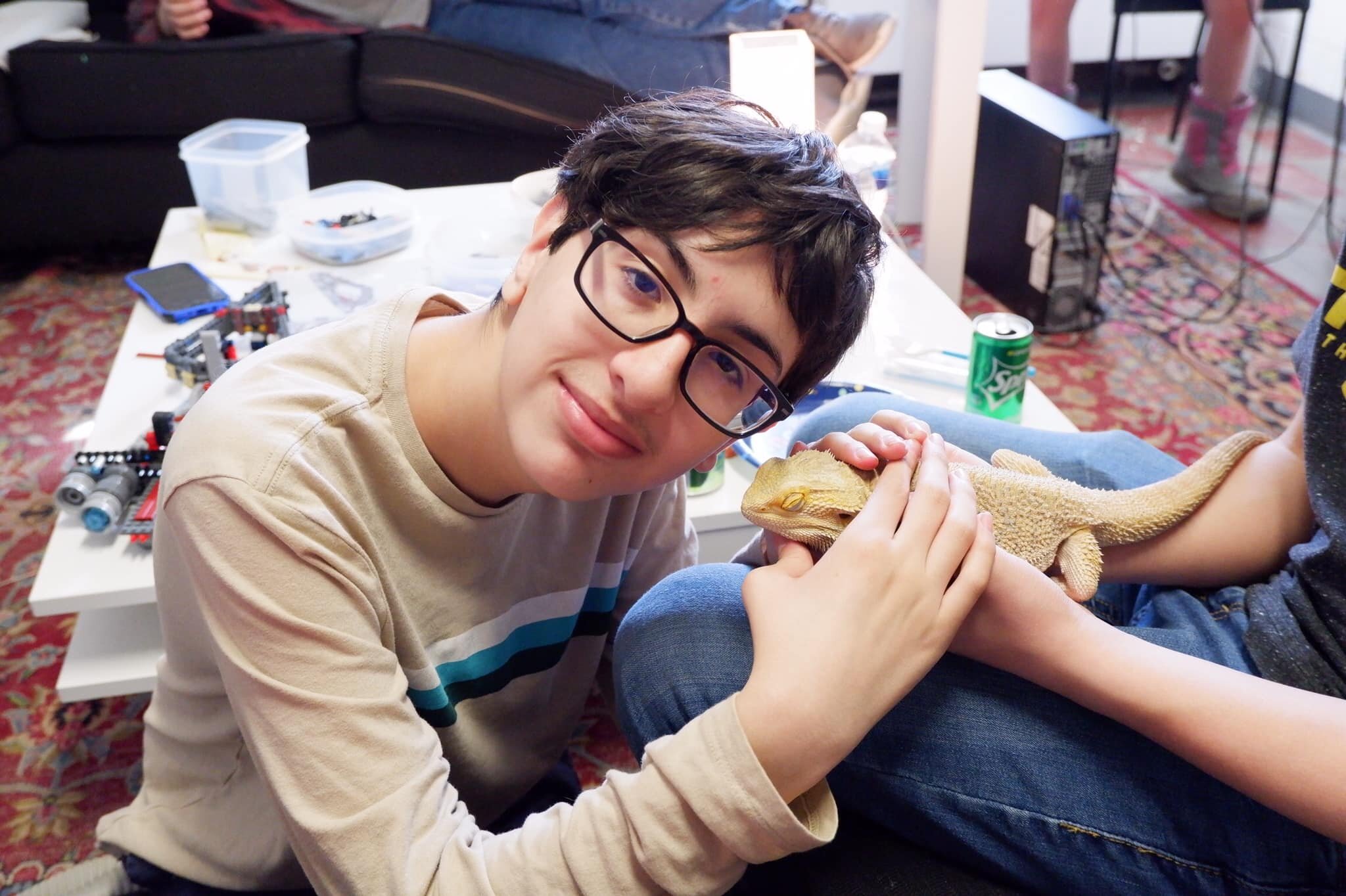(Since drafting this post, I’ve come across a couple of other good pieces on similar topics: this article by Maleka Diggs and this one by Kenneth Danford.)
With the rapid changes in how “school” works, and the transition of almost the entire world to remote learning, many students have more access to self-directed learning than they did before. But self-directed education, unschooling, and democratic education also look very different than they did a month ago.
Tallgrass Sudbury School, like many others, has scrambled in the past few weeks to create a remote learning experience for our students. Zoom calls and online chats are no substitute for the community we usually experience in person. We have to put more effort into pre-planning, our options are more limited, and the beautiful spontaneity that is usually present at our school is much harder to access online.
Let me be clear: This is not a good time to truly start self-directed learning, and it’s not an ideal time to deschool, either. Self-directed education usually involves plenty of time away from home, lots of time connecting with others in person, and taking full advantage of a wide range of opportunities. In our old normal, there were countless factors encouraging all of us to engage more with the outside world. Those things aren’t present in the same way right now. With the underlying stress and uncertainty that everyone is experiencing, it’s harder to engage and we may not get the same satisfaction from it that we usually would. We may be more prone to depression and to spending a lot of time on activities that provide easy distraction.
A few days before school went online, we celebrated the First Annual Bring Your Reptile to School Day. One of the silver linings of remote learning is seeing pets on video calls—including ones that couldn’t possibly come to school, like fish and backyard chickens.
Nonetheless, it’s a unique opportunity for people who are currently enrolled in school to have a different relationship with freedom than they usually do. Schools are dialing way back on evaluation and grading, canceling standardized tests, easing “attendance” requirements, and phrasing many of their remote learning plans as suggestions instead of mandates. While most schools are still at heart non-consensual learning environments, there is suddenly much more room for elements of consent to be present and for students to liberate themselves. For students who haven’t yet made the leap into fully self-directed learning, this may be an opportunity to take more control of their education.
If you’re interested in exploring self-directed education right now, but your children are still enrolled in a conventional public or private school, here are some ways to shift your orientation more towards self-directed learning.
Use the leeway the school is giving you right now. Many remote learning plans are phrased as “suggestions” because of very real digital and economic inequalities. Let your child opt out of things that are optional. Let them ignore the suggestions and ditch the school’s online portal for virtual play dates with their friends, or let them spend 3 hours in the art portal and no time at all in the English one.
Reconsidering “screen time” is more important than ever. Try to let go of your preconceptions of how much time kids “should” spend on screens or the effects of screens, and pay more attention to the day-to-day realities. For many kids, online interaction is now the only way they can connect with their friends. For many kids (and adults), online activities are one of the main ways they can find things to focus on and to be genuinely engaged with. Let them do the things that make them happy and allow them to engage or connect with others, whether that means Khan Academy or TikTok. And remember we all need some distractions and “zoning out” time right now.
It’s also important for all of us to have offline time--for instance, I’m learning that I max out on video calls after a few hours. It’s okay to have boundaries that are genuinely rooted in their needs or yours--a turn off time at night, no phones at the dinner table (as long as that includes adults!) and boundaries around what you will or won’t do for them while they’re gaming (i.e., you need to get your own snacks, or I’ll read the directions for you until 10:00, but then you need to read them on your own). Boundaries for kids around “screen time” should be similar to the ones you would have for yourself or other adults.
Redefine what you think of as “learning.” Learning is life, not just academics. Your children are learning when you talk together, when you take a walk, and when they spend all night watching YouTube. They are learning when you bake bread together--and that doesn’t mean you need to talk ostentatiously about fractions and how yeast is a microorganism. They are learning even without that. Just live together. Talk normally. Support each other. Let them help and let them support you. Humans are made to learn--so let them.
When creating schedules, listen to what your kids want and need. Let them have genuine input on how the family is organizing its time and what you’re doing together and apart.
Don’t use any “failure” during this time as a measure of whether self-directed learning is a good option for your family. We are all under an immense amount of stress and dealing with an unprecedented number of rapid changes. There are too many limitations, and too little idea of what our “new normal” is going to be. If exploring self-directed education goes badly right now, try it again later.
Now more than ever, it’s clear that we’re making this up as we go along. And that’s okay. That’s always been true. All we can do is keep loving each other, and doing the next right thing.


